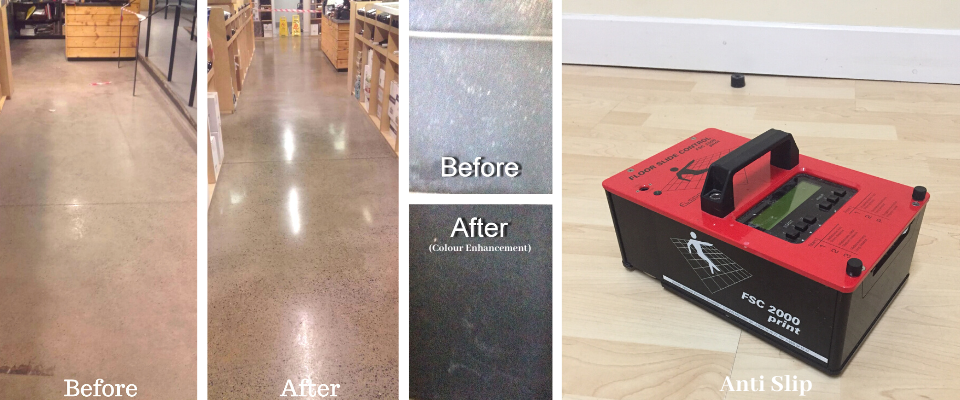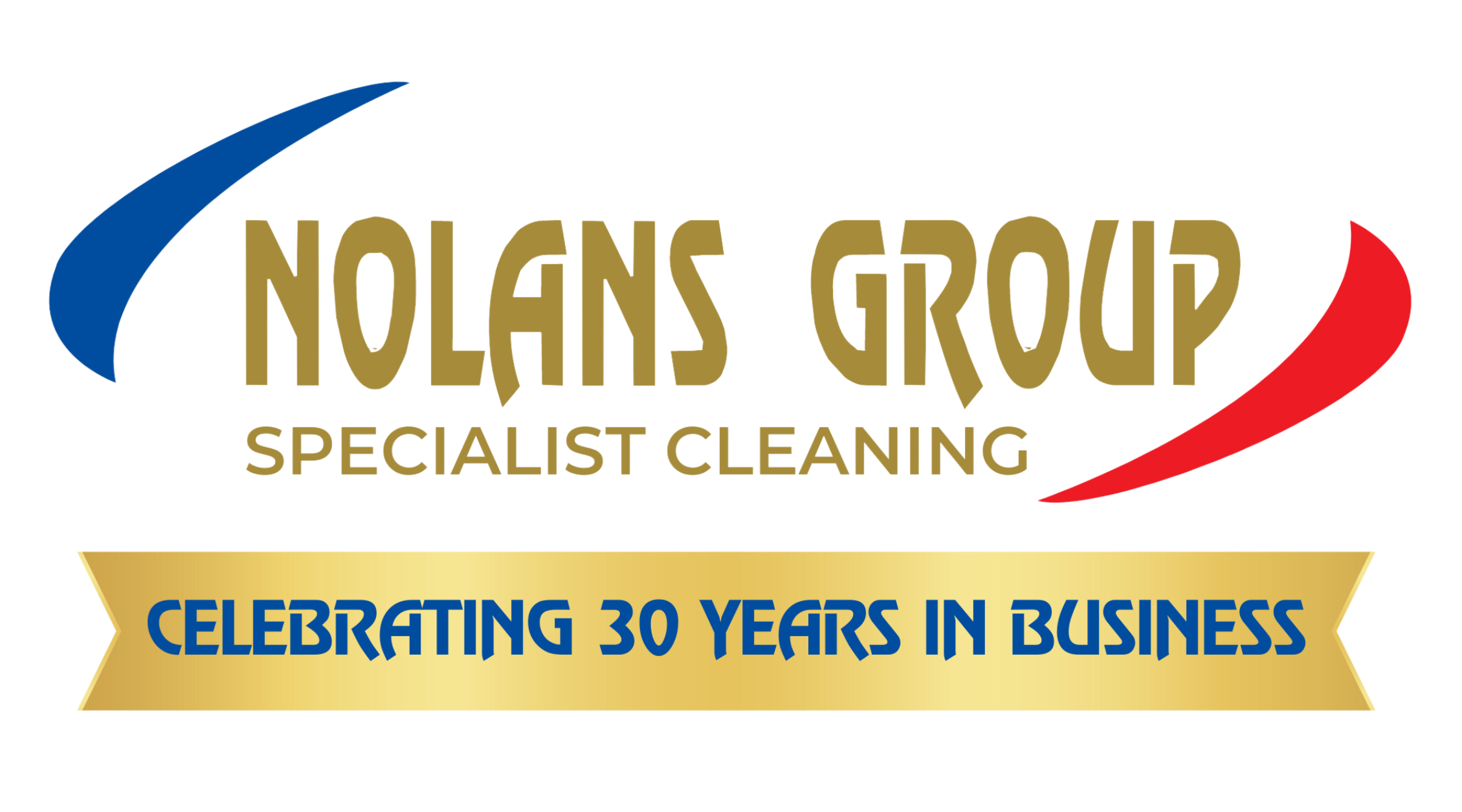What is Anti -Slip Treatment?

Category: Property Services & Specialist Cleaning
Anti-Slip System
This system is used mainly in lobby/reception areas, malls & around swimming pools where the mix of moisture on the floor and heavy foot traffic lead to an increased risk of slipping and injury.
Using our hi-tech ‘Friction Meter’ we can calculate how much friction is on a floors surface area and how much risk there is of slipping.
If there is a high risk of slipping we can apply our unique system that creates small pockets in the stone to create a suction (not visible to the eye) and therefore increase friction on the floor even when wet. Following this treatment we will then furnish another friction reading to our client showing them the increased friction levels in the floor.
What is Anti-slip Treatment?
Safe floors are quickly becoming a must-have for businesses, and it’s about time. In every field of industry, safety and health are critical, and anti-slip treatment is designed to be a cost-effective way of boosting floor safety. For example, tiles are frequently used for aesthetic reasons and may not be well suited for functional slip resistance performance. As a result, a designer may take great measures to guarantee that a particular floor is treated with a non-slip or anti-slip substance while still maintaining the original concept.
Non-slip and anti-slip floor patent treatments often employ an Chemical etching procedure to make visually pleasing tiles practical and safe, or do they? Chemical etching is a method for increasing surface roughness by chemically altering the structure of the tile surface. The etching chemical interacts with the glaze and the tile’s silica composition, disintegrating minute quantities of silica to produce valleys and ridged grooves on the tile’s surface or etches through the glaze into the tile’s porous body. The total surface roughness and porosity of the tile alter as a result of the change in microstructure, improving slip resistance. This is all not naked to the human Eye.
The success of non-slip or anti-slip etching treatments is determined by the surface’s chemical resistance, as well as the porosity of the tile body, the etching strength, the amount of time the treatment is applied, and the number of applications.
Because many non-slip and anti-slide treatments employ test techniques that use a pull meter and do not fulfil the criteria of the Australian slip resistance standards, they should be examined by an independent slip resistance testing firm. Pull meters are inaccuracies that can lead to dangerous and legal situations. Only wet pendulum and dry floor friction testing according to AS/NZS 4586 or AS/NZS 4663 can determine the onsite slip resistance of non-slip or anti-slip etching treatments.
Other non-slip and anti-slip treatments, in addition to etching, include:
- The use of abrasive tapes
- Coatings with grit, such as paint or epoxy,
- Surface honing via shot blasting or grinding to a rougher texture
- Slip Check proposes applying a number of non-slip and anti-slip treatments to the surface and testing it soon after and for a few weeks afterwards to check for any potential slip resistance loss. For large-scale projects, a cost-benefit analysis may be performed using this information. In some circumstances, an instant non-slip or anti-slip treatment is required to avoid an accident. This is consistent with the AS 4360 risk management standards for evaluating treatment alternatives in Australia or the Pendulum Test value in Ireland known as the PTV test. We at the Nolans Group have Robots to measure these conditions under wet and dry circumstances and different Shoe materials. This allows us to produce a full report before and post treatment to show the new non-slip values even when wet.
- In general, when non-slip and anti-slip treatments are applied, stringent continuous maintenance and cleaning processes may be necessary to preserve the surface’s slip resistance.
- Independent testing has revealed that our anti-slip application improves slip resistance by 75–100% in wet conditions (when the majority of accidents occur).
- Have you had many Lobby or Toilet Slip Claims in the last year? In 2019 Ireland had an average of 20,000 + per claim in the Circuit court.
So with all this in mind we would be happy to carry out a full report and test on your floors to evaluate how we could save you €1000 s in Claims.
The Nolan’s group, which is based in Dublin, Ireland, offers a number of systems to restore various floor surfaces, from natural stonework to man-made finishes.
For further information, Contact us and follow us on LinkedIn for regular updates.
